Hi! This blog is no longer updated, but on this page you can find an archive of my blog posts, 2016-2022. Click here to view the blog index (a list of all posts).
For the latest news about Step Up Japanese, sign up to my newsletter.
Search this blog:
Amazing Japanese Calligraphers on Instagram (Part 2) - Mitsuru Nagata
Mitsuru Nagata was born in Kyoto, and works extensively in Spain. His work combines elements of calligraphy with sumi-e (Japanese ink painting) techniques.
He performs at "live-painting" events, where he produces huge calligraphy paintings in front of a live audience.
These large-scale performances are often at festivals…
Mitsuru Nagata was born in Kyoto, and works extensively in Spain. His work combines elements of calligraphy with sumi-e (Japanese ink painting) techniques.
He performs at "live-painting" events, where he produces huge calligraphy paintings in front of a live audience.
These large-scale performances are often at festivals:
I love the simplicity of Nagata's work, like this stunning commission, with the traditional thatched roof home in the background:
おかえりなさい (o kaeri nasai) "Welcome home"
(Calligraphy is a good opportunity to get your eyes used to vertical writing, too!)
If hiragana's not your thing, there's plenty of complex kanji to get your teeth into too.
Like this new year's post, with a pug for the year of the dog (2018):
謹賀新年 (kinga shinnen) "Happy New Year"
I love the movement in these videos, and the combination of precision brushwork and watery ink.
This one's a promo for one of Nagata's live performances in Spain - a beckoning cat saying おいでね! (oide ne!) "Please come!"
Follow Mitsuru Nagata (@nagatayakyoto) on Instagram, or find out more on his website.
Read more in this series:
Amazing Japanese Calligraphers on Instagram (Part 1) - Emi Yogai 恵美・曄涯
Amazing Japanese Calligraphers on Instagram (part 1.5 bonus!) - Emi Yogai 恵美・曄涯
Amazing Japanese Calligraphers on Instagram (Part 3) - Isawo Murayama
Amazing Japanese Calligraphers on Instagram (Part 4) - Uchiyama Kenichi
First published 13th Feb 2018; updated 30th Nov 2021
Amazing Japanese Calligraphers on Instagram (part 1.5 bonus!) - Emi Yogai 恵美・曄涯
I can't believe I wrote an entire blog post about calligrapher Emi Yogai and forgot to include this amazing pun…
I can't believe I wrote an entire blog post about calligrapher @yogai888emi and forgot to include this amazing pun.
タイ料理が食べタイ
tai ryouri ga tabe-tai
"I want to eat Thai food."
What's the Japanese word for "Thai?" it's タイ (tai). And how do you say "want to eat" in Japanese? You stick -tai on the end of the verb.
It's funny, right?
Cute, too ♡
Read more in this series:
Amazing Japanese Calligraphers on Instagram (Part 1) - Emi Yogai 恵美・曄涯
Amazing Japanese Calligraphers on Instagram (Part 2) - Mitsuru Nagata
Amazing Calligraphers on Instagram (Part 3) - Isawo Murayama
Amazing Calligraphers on Instagram (Part 4) - Uchiyama Kenichi
First published 25th Jan 2018; updated 30th Nov 2021
Amazing Japanese Calligraphers on Instagram (Part 1) - Emi Yogai 恵美・曄涯
I absolutely love kanji - Chinese characters that are also used in Japanese writing.
But calligraphy is not my strong point. My writing is good, but not particularly beautiful.
I have, however, recently become slightly obsessed with instagrammers who post Japanese calligraphy photos.
So I thought it might be fun to share some with you!
I first discovered @yogai888emi via this adorable story about falling asleep on the train…
I absolutely love kanji - Chinese characters that are also used in Japanese writing.
But calligraphy is not my strong point. My writing is good, but not particularly beautiful.
I have, however, recently become slightly obsessed with instagrammers who post Japanese calligraphy photos.
So I thought it might be fun to share some with you!
I first discovered @yogai888emi via this adorable story about falling asleep on the train.
↓ Look at those lovely clean lines. I immediately had serious handwriting envy.
If kanji's not your thing, you can find beautiful hiragana and katakana on her page too.
↓ ハナゲ (hanage) "nose hair"
There are videos, too, if you like watching calligraphy. I do - I find it super relaxing.
↓ 煮える (nieru) to boil, to be cooked. This one's from the height of summer!
You can find heaps more of her work at @yogai888emi's instagram page. I hope you enjoy exploring it as much as I do.
Just looking at calligraphy won't make your handwriting more beautiful though - unfortunately!
Read more in this series:
Amazing Japanese Calligraphers on Instagram (Part 1.5 bonus!) - Emi Yogai 恵美・曄涯
Amazing Japanese Calligraphers on Instagram (Part 2) - Mitsuru Nagata
Amazing Calligraphers on Instagram (Part 3) - Isawo Murayama
Amazing Calligraphers on Instagram (Part 4) - Uchiyama Kenichi
First published 25th Jan 2018; updated 30th Nov 2021
Is it "douzo" or "dozo"?
"Wait, is it douzo? In the book it says dōzo..."
It's both. And it's neither!
In beginner classes I use often rōmaji (English letters) to write Japanese in class. This is to give you a head start in learning to speak.
Some people think you shouldn't use rōmaji at all, because it will give you bad pronunciation.
That might be true if you're studying by yourself…
"Wait, is it douzo? In the book it says dōzo..."
It's both. And it's neither!
In beginner classes I use often rōmaji (English letters) to write Japanese in class. This is to give you a head start in learning to speak.
Some people think you shouldn't use rōmaji at all, because it will give you bad pronunciation.
That might be true if you're studying by yourself.
But if you have a teacher to teach you how to pronounce Japanese words correctly, and correct your mistakes, you can learn Japanese correctly using rōmaji.
There are different systems for writing Japanese in the English alphabet. Depending on which system is being used, a word could be spelled differently.
どうぞ (do-u-zo) means "here you are" / "go ahead".
Some romanisation systems use a macron (that’s a horizontal bar over the letter) to write the long vowel sound: ā ī ū ē ō. Using the macron, the word would be written "dōzo".
Another method is to spell out the long vowel sound using double letters: aa, ii, uu, ei, ou. That gives us "douzo".
Both "dōzo" and "douzo" are correct.
Sometimes, the long vowel isn't written in: "dozo". Technically, this is wrong!
You might also see ee and oo used instead of ei and ou: "doozo".
Personally I think "doozo" is just asking for trouble. That's not how the word is spelled in Japanese (it's どうぞ do-u-zo).
Of course, the truly correct way to spell the word is to write it in Japanese characters: どうぞ.
But if you’re writing in rōmaji, both "dōzo" and "douzo" are fine too. Just don't forget the long vowel!
First published Nov 2017; updated Sept 2021
How to Learn Hiragana and Katakana using Mnemonics
I finally got around to going through the mid-course feedback from my students and drawing up plans to incorporate some of what you asked for into the rest of the course. Several learners mentioned the importance of learning the kana early on.
Learning to read Japanese can be a daunting task. The Japanese language has three distinct "alphabets" (four if you count romaji!) and learning kanji is a task that takes years. You can learn the kana (hiragana and katakana) pretty quickly, though, if you use the most efficient way to memorise them - mnemonics.
Hi! This article was first published in April 2017. I updated it recently (April 2020) and fixed some broken links.
This week I finally got around to going through the mid-course feedback from my students and drawing up plans to incorporate some of what you asked for into the rest of the course.
Several learners mentioned the importance of learning the kana early on.
Learning to read Japanese can be a daunting task. The Japanese language has three distinct "alphabets" (four if you count romaji!) and learning kanji is a task that takes years.
You can learn the kana (hiragana and katakana) pretty quickly, though, if you use the most efficient way to memorise them - mnemonics.
Hiragana and Katakana are the "building blocks" of the Japanese written language. Students in my beginner Japanese classes mostly start with the romaji edition of 'Japanese For Busy People'*, because my priority is to get you speaking from day one, and to spend class time on speaking as much as possible. Reading and writing is mostly set as homework.
But if you want to learn to read Japanese, you definitely need to start by learning hiragana - the 46 characters that make up the first basic Japanese “alphabet”. But how to remember them?
The best, quickest, most fun method is to associate each character with a picture that it (clearly or vaguely) looks like, ideally also using the sound of the letter.
Hiragana and katakana are pretty simple, so associating each character with a picture is super easy.
Here's hiragana き (ki), which we can imagine is a picture of a KEY. My image of akey is an old-fashioned one. Yours might be modern and spiky. Or it might have wings on it and be flying about getting chased by Harry Potter on a broomstick.
The point is to think of a strong visual image that makes the picture of the key stick in your mind:
Of course, you need to learn to read words and sentences too. So as well as learning each letter, you need to practice writing and reading. This where the mnemonic really sinks in.
Memorisation doesn't help you remember. What helps you remember is active recall.
Let me give you an example.
You're reading a sentence and come across the word きのこ (kinoko, mushroom). You're staring at the letter き - "which one was that again?" and struggle a little bit to remember it.
Then you remember - aha! it's the KEY! This is ki.
This process of active recall - pushing a little bit to remember something - is the process that cements the mnemonic in your mind.
For me, one of the great thing about using mnemonics to remember the kana is that when I explain the system to learners, they often tell me that's what they're doing anyway, even if they don't have a name for what they're doing:
"Oh yes, that's how I remember む too - it's a funny cow's face! MOO"
"No, む is a man saying MO-ve!"
I've also found - luckily for me - it doesn't matter seem to matter if the actual picture is rubbish. (You don't even have to draw them, I just did this to help my students out and to share the idea).
What's important is that the picture in your head is super clear.
...and once you finish hiragana, you can do the whole thing again for katakana (the second basic Japanese alphabet):
You can find the whole set of hiragana and katakana mnemonics on instagram with the hashtag #stepupkana - please check it out and let me know what you think.
I'd love to hear what mnemonics you use to help remember the kana - let me know in the comments or add your story to the instagram posts for that character.
*Links with an asterisk * are affiliate links, which means I may earn a small commission, at no extra cost to you, when you click through and buy the book. Thanks for your support!
First published April 2017
Updated 7th April 2020
Even More Japanese Loanwords From Languages That Aren't English
Last time I talked about Japanese loanwords - words that Japanese has “borrowed” from other languages - which come from languages other than English.
But there are also some tricky loanwords that look and sound like they came from English - but they didn’t!
Last time I talked about Japanese loanwords - words that Japanese has “borrowed” from other languages - which come from languages other than English.
But there are also some tricky loanwords that look and sound like they came from English - but they didn’t!
Challenge time!
Don’t be fooled. These loanwords look and sound a bit like they came from English - but they didn’t! Can you guess what languages these loanwords come from?
(Hint: not English!)
Koohii コーヒー coffee
Zero ゼロ zero
Pompu ポンプ pump
Botan ボタン button
Koppu コップ cup
Sarada サラダ salad
Kokku コック cook
Scroll down for the answers…!
The Answers:
Did you guess what non-English languages these loanwords come from?
Koohii コーヒー coffee - Portuguese
Zero ゼロ zero - French
Pompu ポンプ pump - Dutch; Flemish
Botan ボタン button - Portuguese
Koppu コップ cup - Dutch; Flemish
Sarada サラダ salad - Portuguese
Kokku コック cook - Dutch; Flemish
Students often ask why there are so many Portuguese and Dutch loanwords in Japanese. Words from these two languages have been used as loanwords in Japanese since the 16th and 17th centuries, when both countries established trade with Japan.
So, just because that katakana word you’ve learned looks like English, doesn’t mean it came from English!
Learning Japanese is Easier Than You Think
People LOVE to say that Japanese is difficult. Like all languages it has its challenges - but it also has some key things that make it easy peasy…
People LOVE to say that Japanese is difficult. Like all languages it has its challenges - but it also has some key things that make it easy peasy.
1. Pronunciation
The Japanese phonetic system is pretty simple - much simpler than many other languages. Each hiragana character has one - and only one - sound. For example, ら / ラ / ra always sounds the same, no matter what word it’s in:
ラ ム ネ
ra mu ne
ど ら え も ん
do ra e mo n
Compare that to English, where “meat” and “bread” have the same letters “ea” in the middle, but with totally different pronunciation.
And, unlike Mandarin or Cantonese, there are no tones* in Japanese! Hurray!
*Japanese does have pitch accent. Put simply, all syllables in Japanese are either high-pitched or low-pitched. But this is much simpler than tones in Chinese languages. If you’d like to learn more about Japanese pitch accent, I really recommend the Japanese Phonetics by Dogen series on YouTube.

2. Loanwords
Japanese has thousands of words borrowed from other languages - and most of these modern loanwords come from English. How do you say "ice cream” in Japanese? AISU KURIIMU. Tennis? TENISU. Smartphone? SUMAATOFON.
So there’s a whole bank of Japanese words that you already know. Well done you.
↓ Words like "biiru"

3. Straightforward grammar
Japanese word-order has a certain Yoda-like quality at times:
わたしはコーヒーを飲んでいます
watashi wa koohii wo nonde imasu
I, coffee am drinking
BUT making simple questions in Japanese is dead easy. You take your sentence:
日本に行きます
nihon ni ikimasu
I go to Japan
and stick the magical question word “ka” on the end:
日本に行きますか
nihon ni ikimasu ka
Will you go to Japan?
No need to change the word order. Just add か.
Let’s try that again!
これはたこやきです
kore wa takoyaki desu
This is takoyaki.
これはたこやきですか
kore wa takoyaki desu ka
Is this takoyaki?
Making simple Japanese questions - as easy as adding “ka”.

4. Particles
Particles are short Japanese words that connect parts of a sentence together. They turn a sentence like “I study home evening” into one that sounds like “I study at home in the evening”.
But I’m going to let you in on a secret.
If you don’t know what particle to use, 90 percent of the time you can get away with not using one at all.
People will still know what you mean - and Japanese people drop particles in speech half the time anyway.
That’s not to say you shouldn’t learn how to use particles (it’s good to know the difference between いぬがたべる “the dog eats” and いぬをたべる “I eat my dog”). But remember: you will still be understood without them.

5. No articles…and no plurals!
Japanese doesn’t have equivalents to the English “a” or “the”. There’s no need to say “where is THE book?” in Japanese. You can just say:
ほんはどこ?
hon wa doko?
Where is book?
AND there are no plural forms.
りんごがあります
ringo ga arimasu
I have an apple / some apples
See? The Japanese language. Easier than you thought.
What do you find easy (or difficult) about learning Japanese? Let me know in the comments!
First published November 20, 2015
Updated September 17, 2019
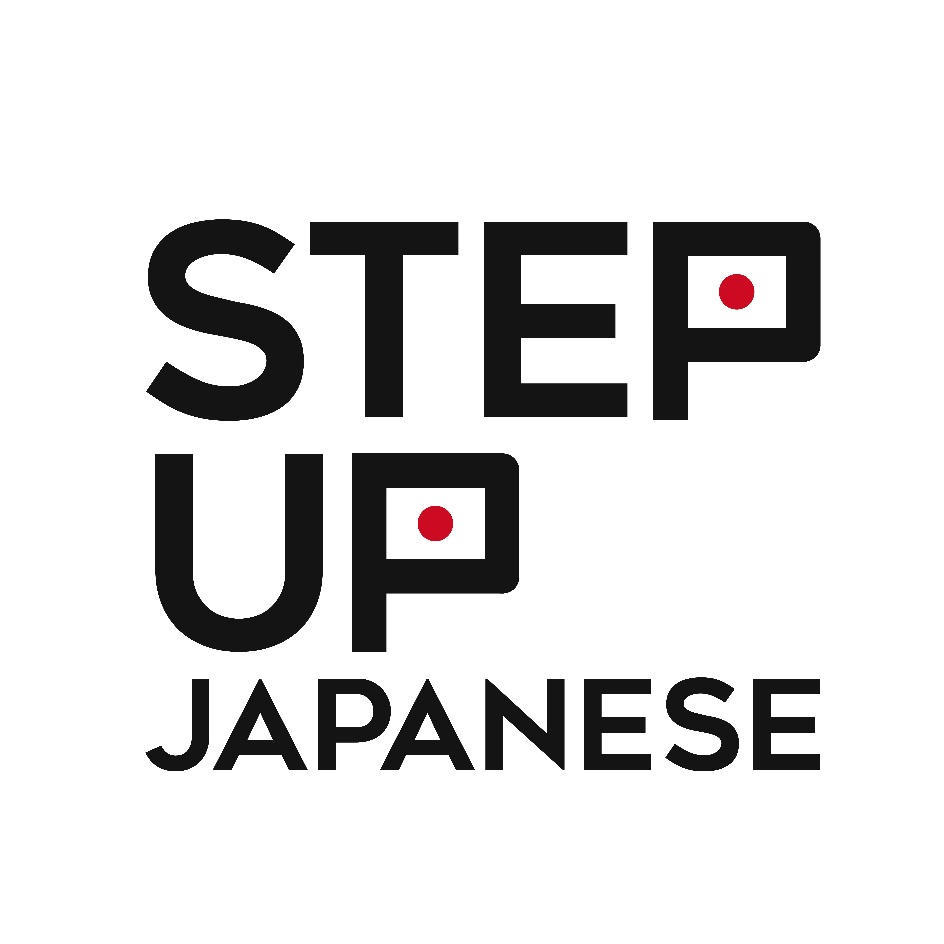
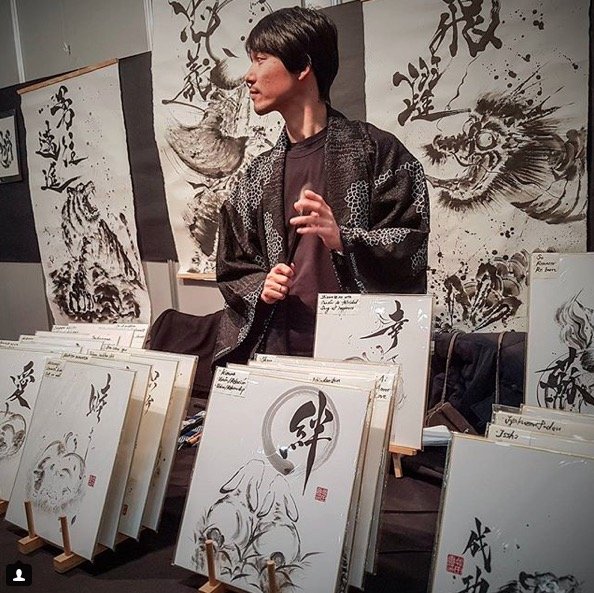

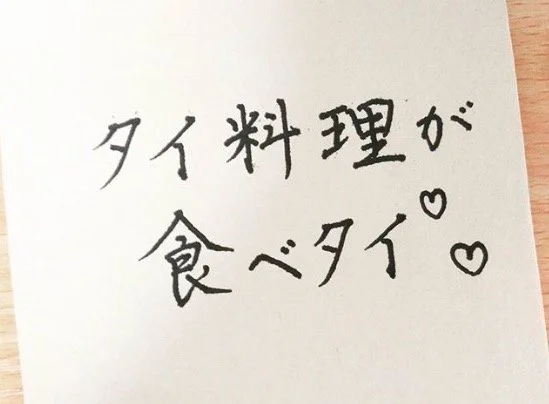

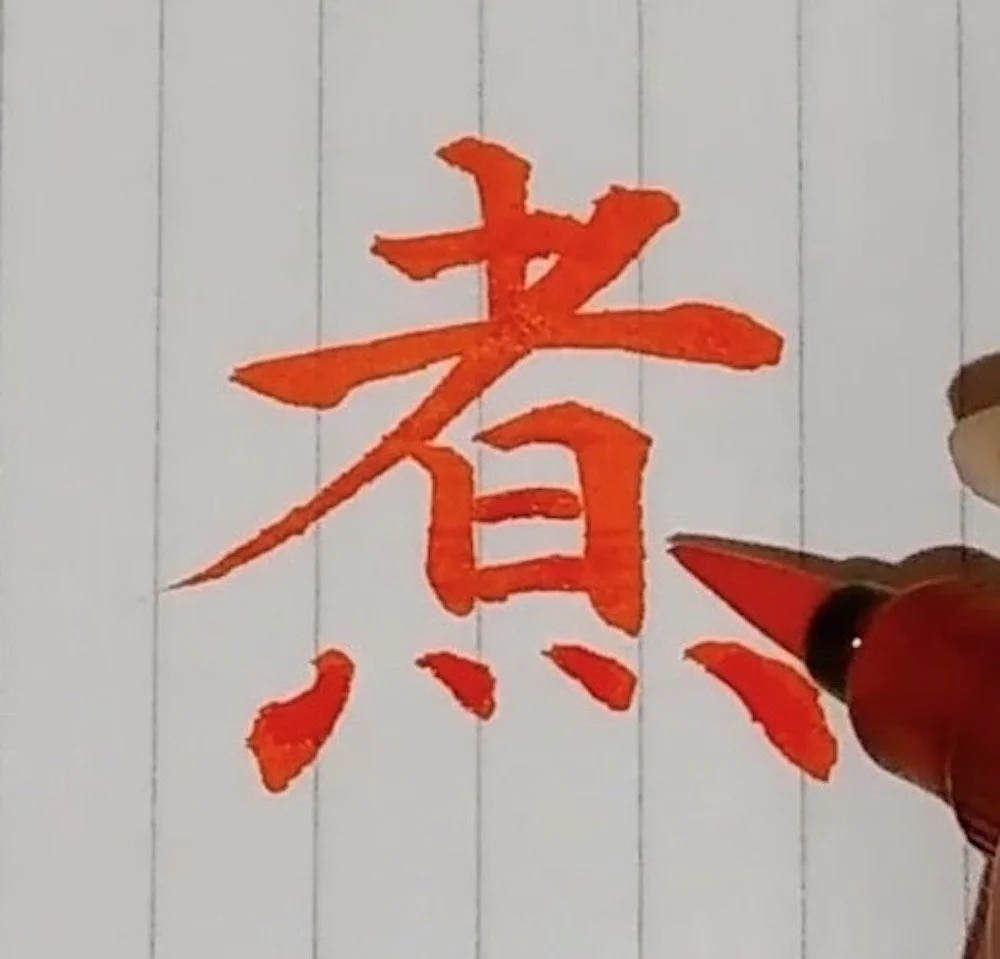






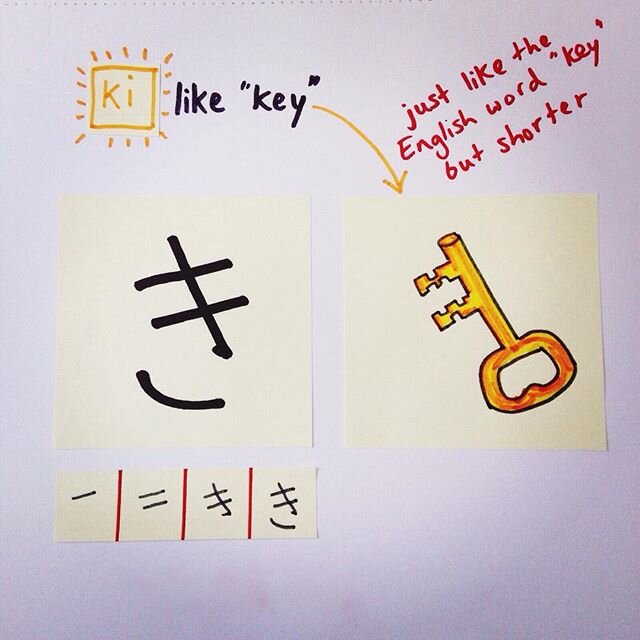






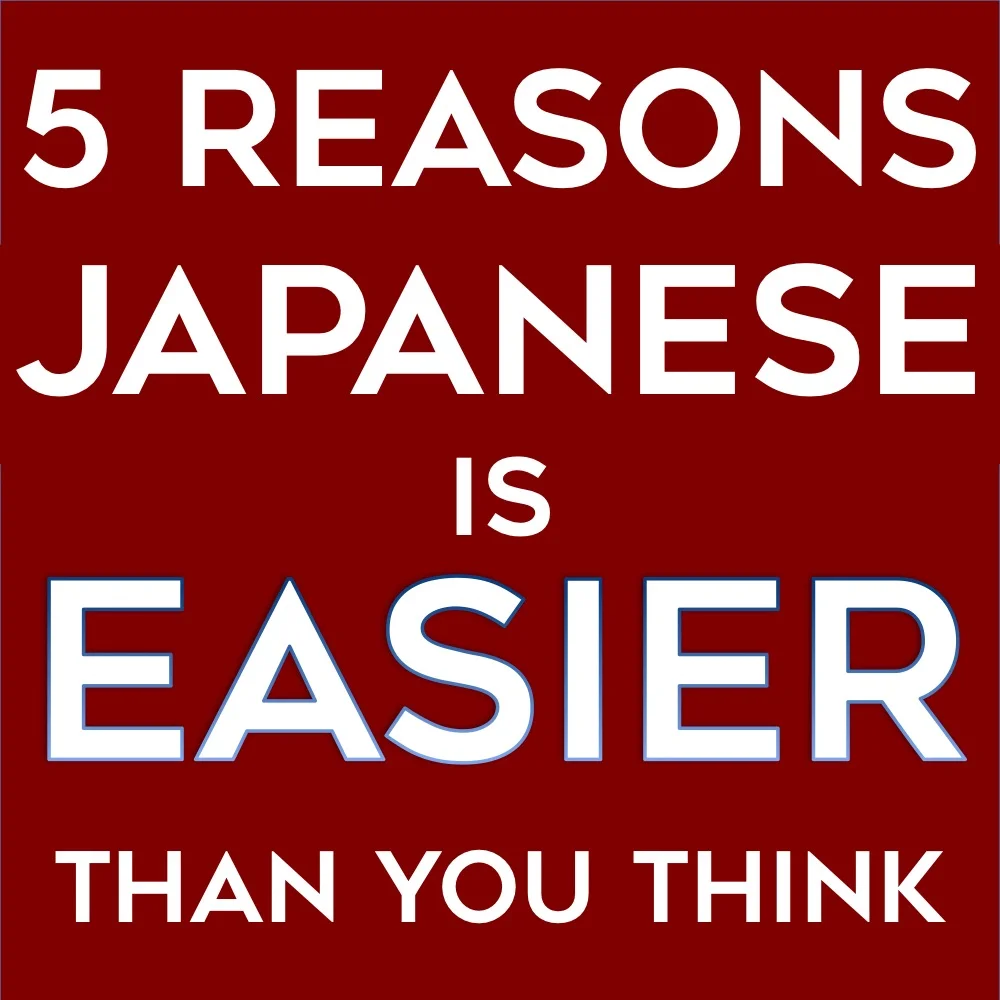





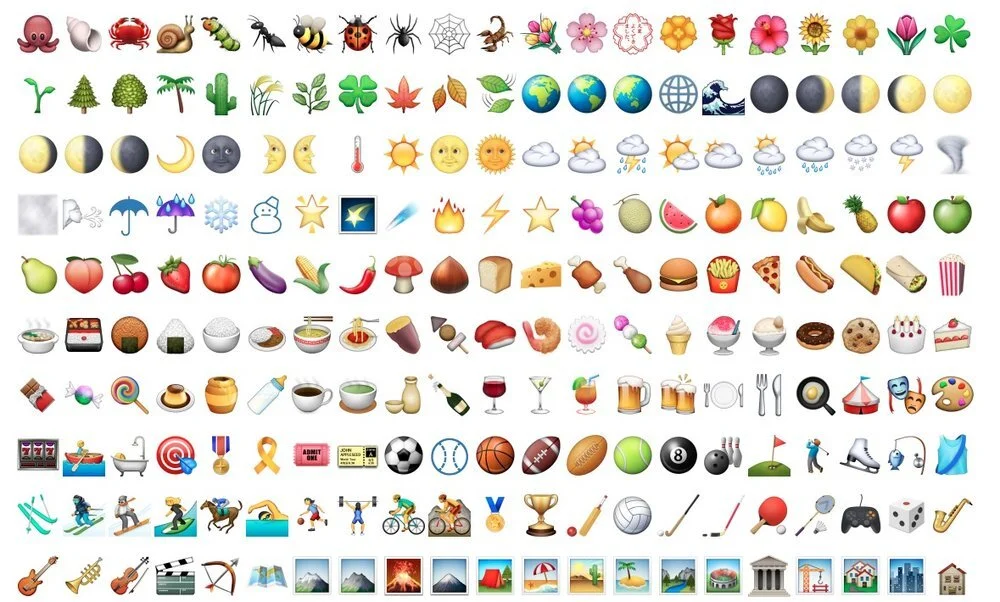

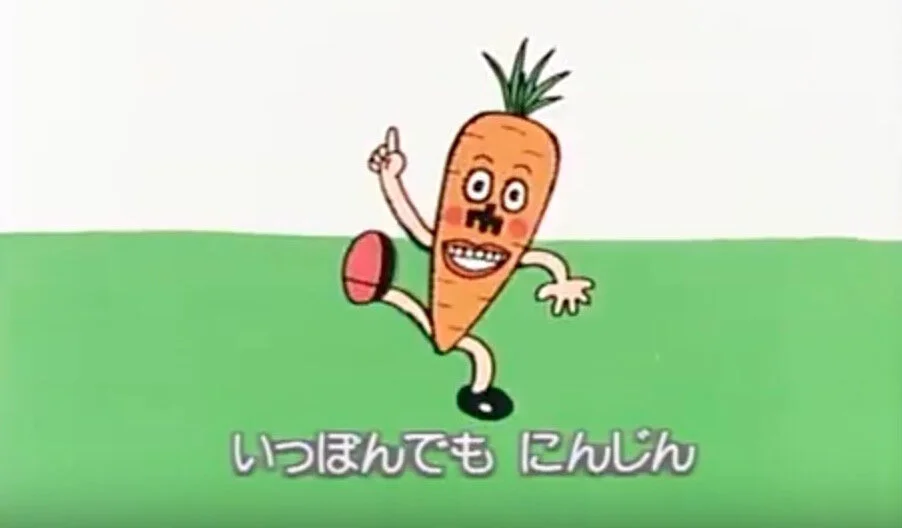


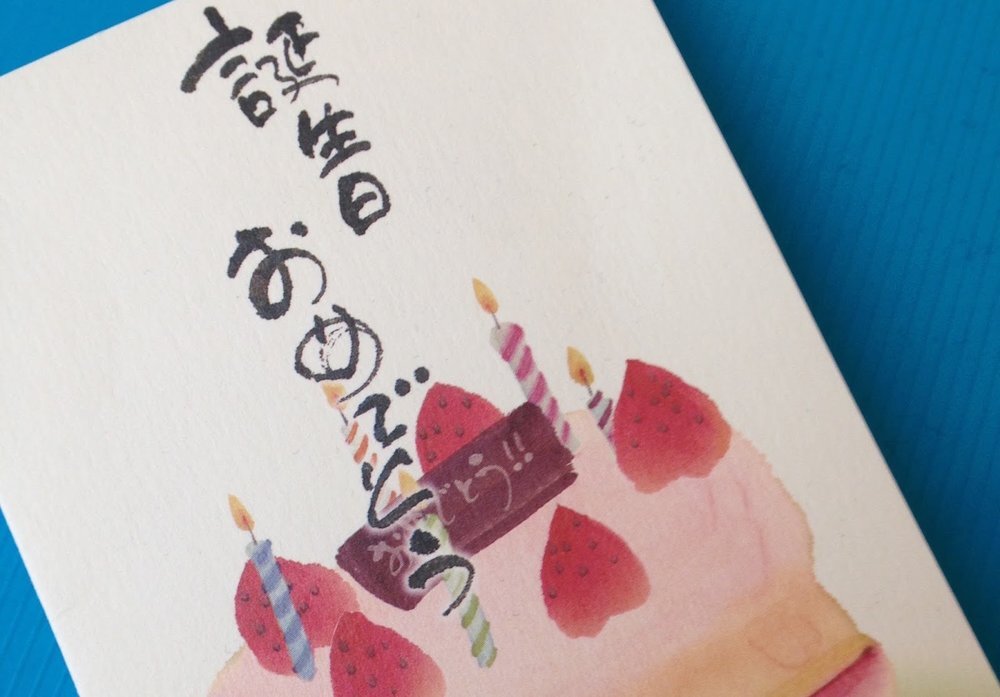




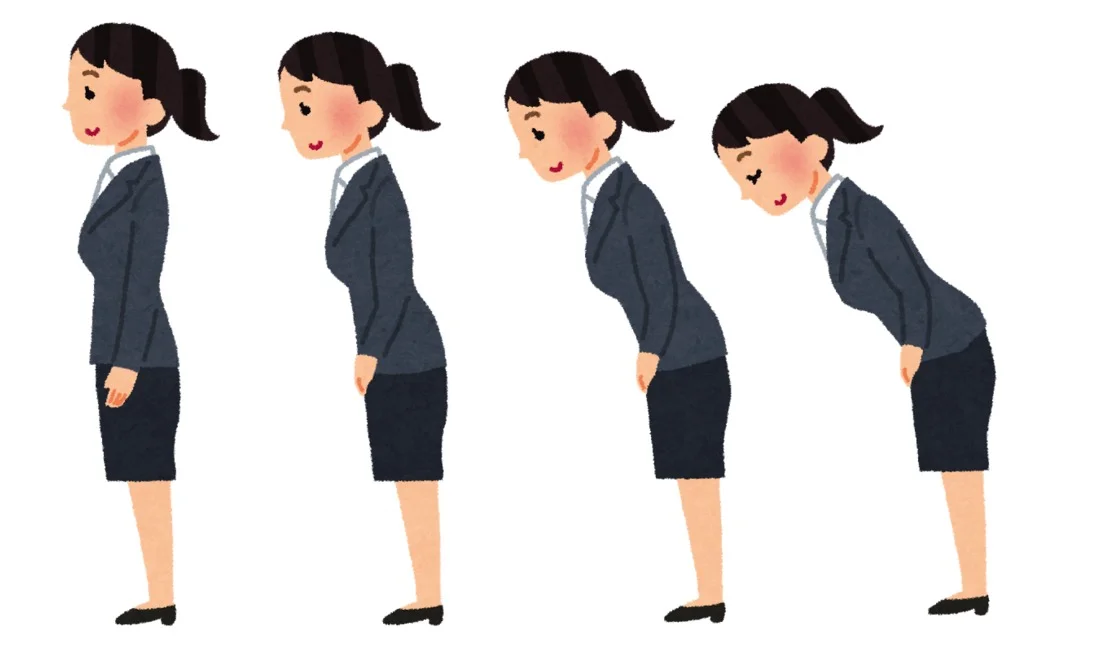
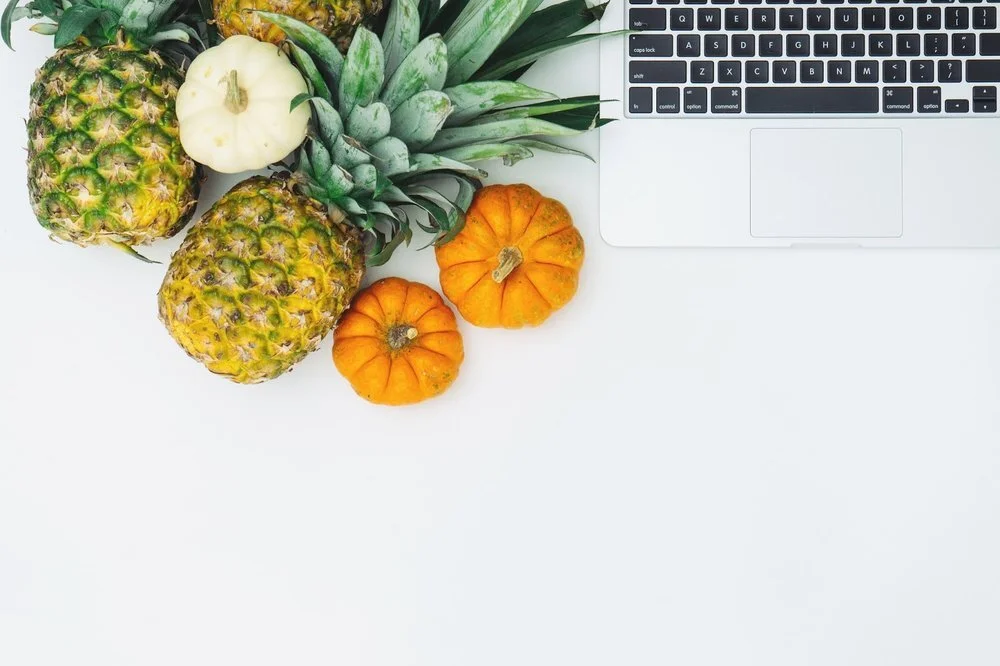







Like many people in the UK, I studied French in school. I liked French. I thought it was really fun to speak another language, to talk with people, and to try and listen to what was going on in a new country. (Still do!)
When I was 14 we went on a school exchange to the city of Reims, in northeastern France. I was paired with a boy, which I’m sure some 14-year-olds would find very exciting but which I found unbearably awkward. He was very sweet and we completely ignored each other.
That was nearly 20 years ago, and I didn’t learn or use any more French until, at some point in lockdown, I decided on a whim to take some one-to-one lessons with online teachers. Here are some things I learned about French, about language learning, and about myself.